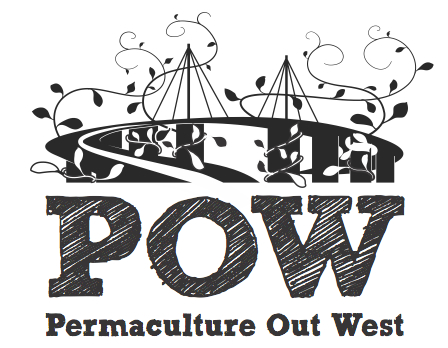The laying hen
Mature birds normally undergo one complete moult a year, usually in autumn; however, this can depend on the time of the year the bird started laying. Natural moulting usually begins sometime during March-April and should be completed by July when egg production recommences. The three main factors which bring about moulting are:
- physical exhaustion and fatigue
- completion of the laying cycle. Birds only lay eggs for a certain period of time
- reduction of day length, resulting in reduced feeding time and consequent loss of bodyweight.
Eleven months continuous production is expected from pullets hatched in season, so that if a flock of pullets commenced laying in March at six months of age, they should continue laying until the following February, although the odd bird may moult after laying for a few weeks. These few birds however should begin laying again after June 22 (the shortest day of the year) and continue in production until the following autumn. Pullets coming into lay in June should lay until the following April thereby giving 11 months continuous egg production without the aid of artificial light. Pullets coming into lay in spring (August) should lay well into April (nine months) but unless artificial lighting is provided, most of them will moult during May and June.
Moulting and nutrition
Cessation of lay and moulting indicate that the birds’ physical condition is deteriorating and is therefore unable to support egg production, continued nourishment of their feathers and body maintenance. Feathers contain protein and are more easily grown when laying ceases because of the difficulty in assimilating sufficient protein for both egg and feather production. During the moult the fowl still requires a considerable amount of good quality food to replace feathers and build up condition.
Good layers and moulting
The time at which a laying hen ceases production and goes into moult is a reliable guide as to whether or not the hen is a good egg producer. Poor producing hens moult early (November-December) and take a long time to complete the process and resume laying i.e. they will hang in the moult and be out of production for a long period – from six to seven months. Poor producers seldom cast more than a few feathers at a time and rarely show bare patches.
Moulting takes place in a particular order. Feathers are confined to definite tracts or areas of the body surface, with bare patches of skin between. The first plumage is lost from the head and neck, then from the saddle, breast and abdomen (body), then the wings and then from the tail.
While the first feathers are being dropped from the neck and body, good layers will often keep laying, but when the wing feathers begin to drop, laying usually ceases.
Vacation moults, neck moults or partial moults
Old feathers are usually retained by a laying bird which lays regularly. Should a hen cease production for any other reason than for mild sickness or broodiness it will lose its feathers.
If a hen ceases production during spring or summer, it may moult one or two primaries, then stop moulting and come into lay again. This is known as a vacation moult. When the hen starts its full moult later in the autumn, it will drop the next feather in sequence and moult in order of the remaining primaries.
A neck or partial moult is sometimes experienced by a bird without any loss of production, but if the moulting extends beyond the neck moult stage the hen ceases production.
The presence of ‘pin’ feathers (new emerging feathers) usually indicate a short or partial moult.
After moulting, the second year of egg production will be between 10 and 30% less than that achieved by the birds in their first year of lay. This is because the rate of lay is lower and the birds cease to lay earlier in the following autumn. Birds which have moulted twice and are laying for their third year will lay only 70 to 80% of their second years eggs i.e. about 60% of their first year’s production.
